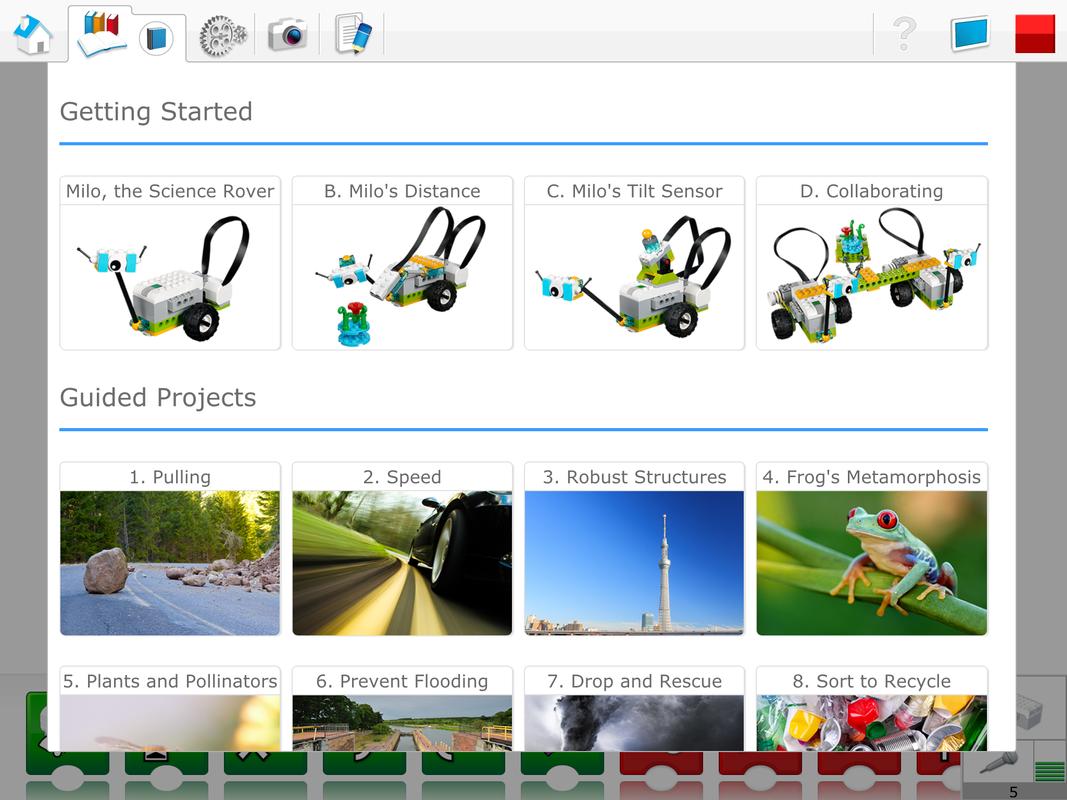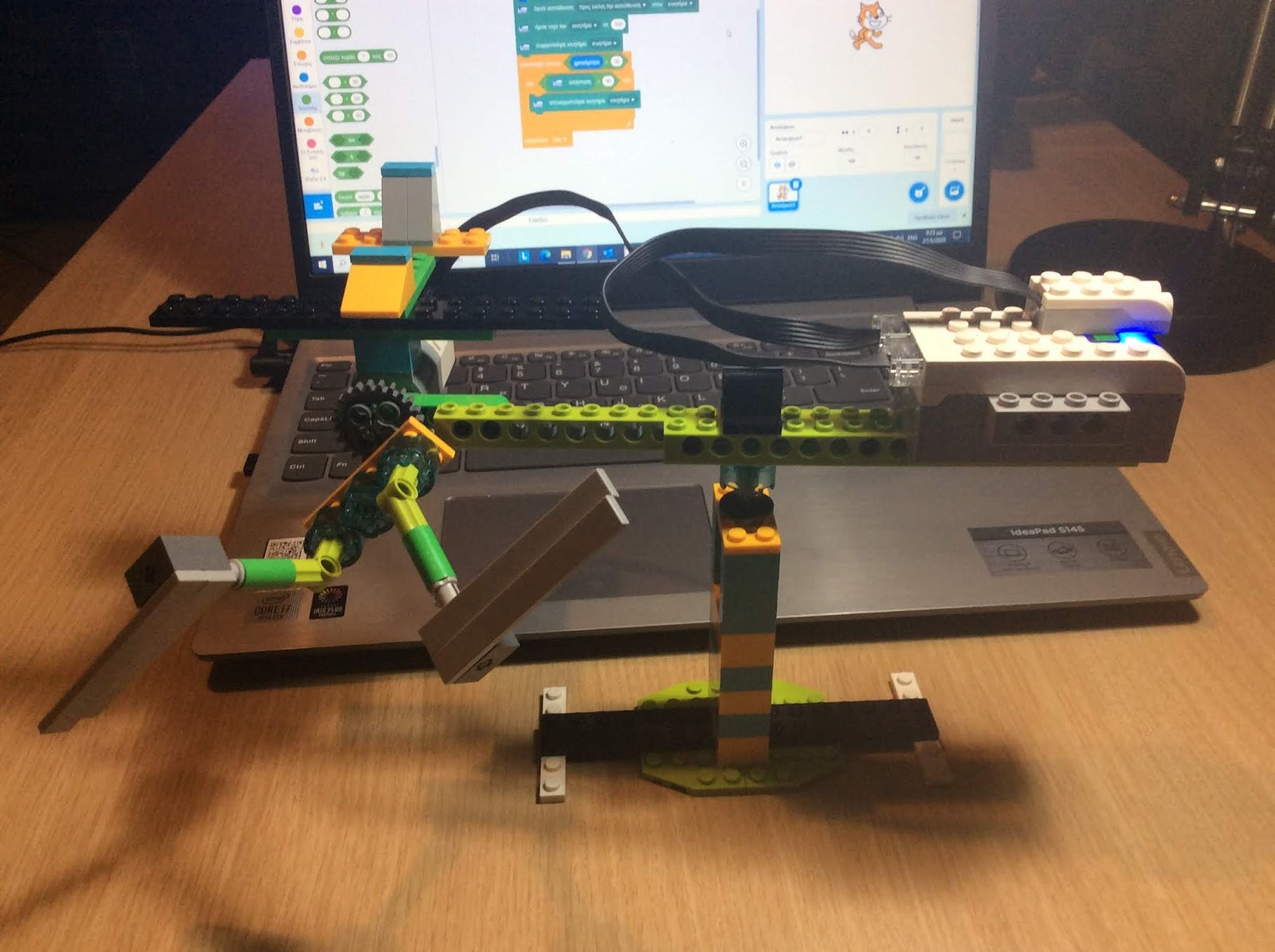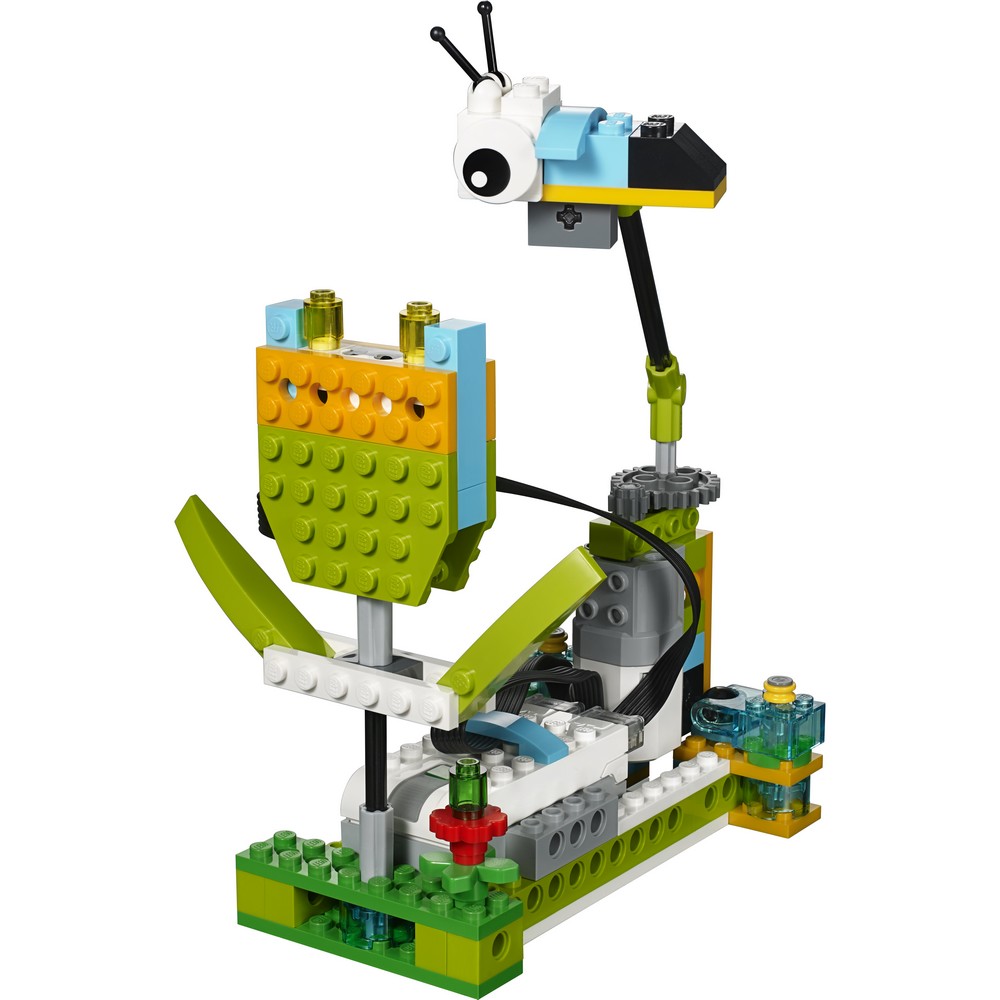


Note: The two versions of WeDo use different connectors. As with the current version, the computer dynamically detects the presence of sensors and can work with up to three hubs. The classic WeDo 1.0 requires a tethered connection between the Hub and the computer. Lego WeDo motion (top) and tilt (bottom) sensors from the classic edition. In turn, the Hub must be connected to the tablet using Low Energy Bluetooth. When they are attached, the computer automatically detects their presence and can use the input. Using the WeDo software, up to three hubs can be attached to a computer, allowing for more motors and sensors. To use the sensors, connect them to the LEGO WeDo USB Hub. The original WeDo tilt sensor (part 9584) detects changes in position listed above except for shake. One review of WeDo 2.0 suggested that the WeDo 2.0 tilt sensor responds more slowly than the earlier version and that one way to make up for this is to cause the sensor to tilt more strongly. The WeDo 2.0 tilt sensor (part 45305) can detect seven positions (or orientations): tilt this way, tilt that way, tilt up, tilt down, no tilt, any tilt, and shake. Tilt sensor The tilt sensor for the current WeDo kit. The sensor can work with 5 to 9 volts, with the WeDo set at 5 volts. You might be able to see (and show) the flashing light using a camera phone.

One of the sensor’s “eyes” emits an infrared signal that bounces off an object and is detected by the other. Technical details: The motion sensor is an active infrared (IR) sensor. The newer version is generally easier for students to understand. As the distance increases, it shows a smaller number. One difference with the newer version is that version/software displays distance inversely. The previous motion sensor (part 9583) might still be found in schools using the older WeDo 1.0 kit. Consequently, the sensor can detect motion as well as measure distance. It is sometimes called a distance sensor. When an object moves, it changes its distance relative to another object (such as the sensor). The WeDo 2.0 motion sensor (part 45304) can detect objects up to about 15 cm away, depending on the shape of the object and its reflective properties. Motion sensor The motion (or distance) sensor for the current WeDo kit. These sensors give students the opportunity to experience how robots sense the world around them. Both versions of the WeDo kit (2.0 and 1.0) come with two sensors.


 0 kommentar(er)
0 kommentar(er)
